1) The ‘yellow vests’ demonstration on the 8th of December drew more than 30,000 participants
According to the latest polls by Harris Interactive Macron has the support of only 26% of respondents (Hollande in the same period of the presidency had 29%, Sarkozy 48%). 72% of respondents sympathize the ‘yellow vests’ movement. The demonstrations drew 8,000 people in Paris alone.
2) The movements central message is ‘’Macron démission!”
Though the protests began in opposition to an increase in fuel taxes against a background of a general reduction in social programs, the main slogan written on the demonstrators’ yellow jackets is ‘Macron démission!’ (Macron resign!). The protestors also raised ‘Frexit’ related slogans and criticism of the globalist political orientation of ‘Rothschild’s child’ Macron. The demands of the demonstrators grow every week: now they are even insisting on the parliament being re-elected.
3) The “yellow vests” movement started in November 2018 and has allies all over Europe
Starting from the 17th of November, every Saturday, the streets of France have been transformed into battle-fields between the yellow jackets and their opponents – the police, the state and Macron. The situation has been developing extremely quickly and the protests have drawn out thousands of people all over France. On the 17th of November, more than 300,000 people across France particIpated. The protests on the 24th of November were remarkable due to the violent confrontations between the police and the participants. Protesters built barricades in Paris, and the police used the tear gas to disperse the protesters. The protests of the 1st of December drew more than 100,000 participants all over France.
The ‘yellow vests’ movement has allies in Belgium, Germany and the Netherlands and is becoming an international movement. Participants criticize the new-liberal economical politics of their states and show their dissatisfaction with EU domination over the sovereign interests of their countries. The growing movement will undoubtedly influence the results of coming European elections, where eurosceptic groups are likely to see great success.
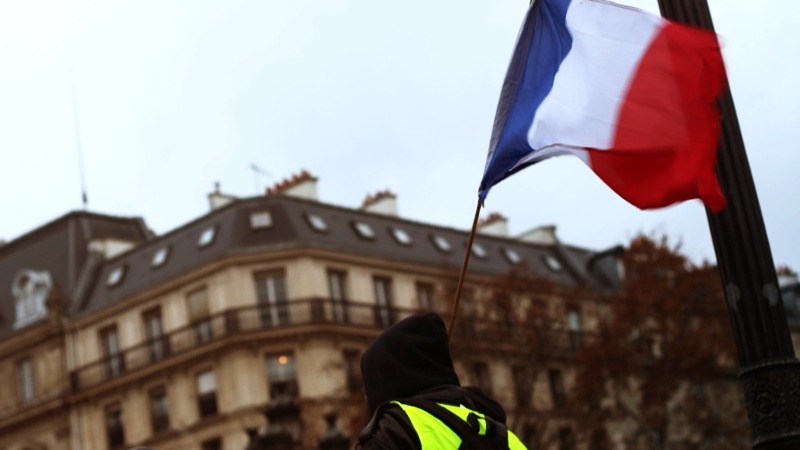
4) The formal reason for the protests is an increase in fuel taxes
One of the main points of contention with Macron’s economic policy was a boost in petrol and diesel fuel prices (The price of petrol and diesel fuel per liter has increased by 15% and 23% respectively between October 2017 and October 2018). But the protests interests are becoming wider in scope – Macron is now facing general criticism for his economic and political outlook.
The protests against Macron began just after the 2017 elections, launched by left forces (‘Social Front”) and the CGT/SUD unions. During 2017, protests (then organized by the CGT Union) were already taking place, including a huge manifestation on the 12th of September. In 2018, thousands of the rail workers, public sector staff and students rallied across France against Macron. The protests were supported by the SNCF workers, and virtually paralyzed traffic in the country.
5) “The yellow vests” are neither left nor right-wing
The “yellow vests” movement is unique because of its political neutrality (the participants are neither left, neither right-wing) and the absence of a concrete political party behind the movement (the protests do not have a real leader and are organized in a horizontal non-hierarchic way). This is one of the most large-scale and successful movements of its kind to have left and right elements supporting it: the demonstrations are upheld by both Jan-Luc Mélenchon and Marine Le Pen. Representatives of the Republican and socialist party have also started to show their solidarity with the movement.







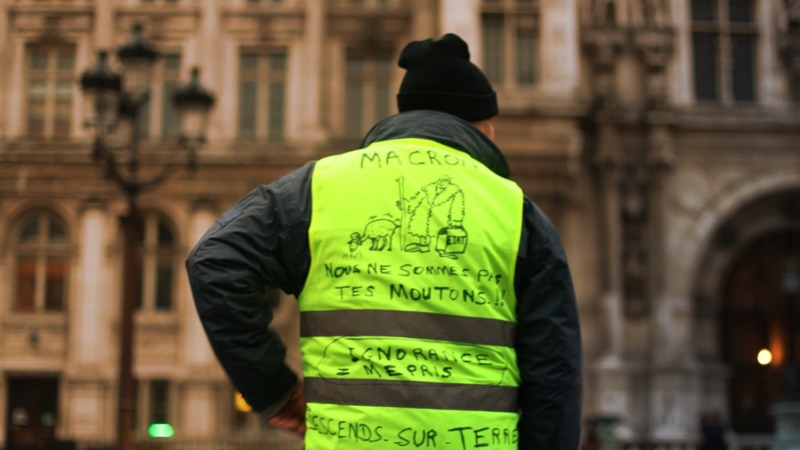
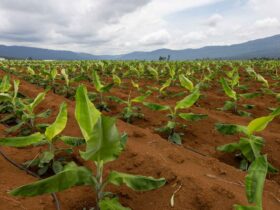
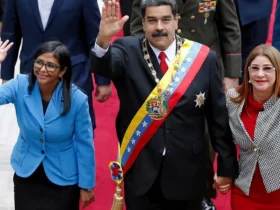
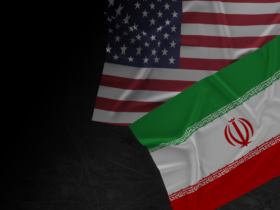
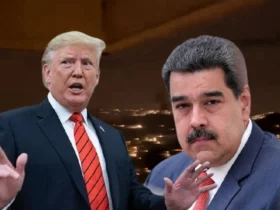





Leave a Reply